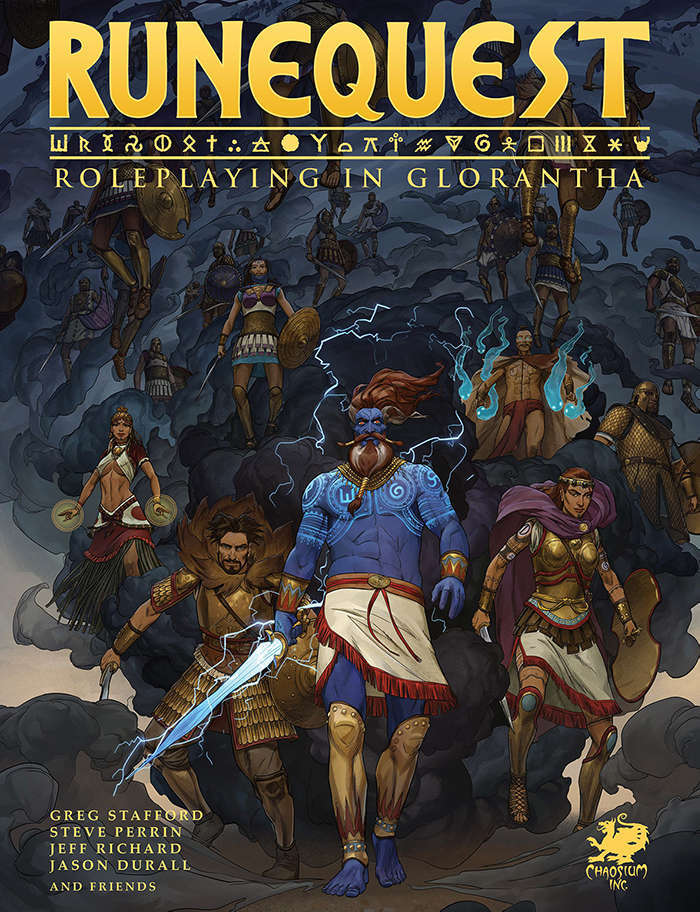And there's yet another iteration of the DC Universe out in comics (I lose count).
My POV on continuity is a complicated thing, one that I may put together blog posts or a podcast on in the future. But this blog is about gaming and RPGs -- so what does that give me?
Well, I've always had my own take on how the DC multiverse and timelines should be. My headcanon -- and thank you to the blogosphere for this term -- is one that still believes in a particular kind of continuity. That there is a universe where the events of the primary timeline matters, and all the elseworlds and splinter timelines are just echoes.
And I've always wanted to set superheroic RPGs in this shared universe, one where:
- the big names are known heavyweights, but there's still space of newcomers
- the other superheroes and teams are constants (after a fashion) but are still constantly adventuring and in flux (out on a mission, missing, changed powers, etc.)
- the villains and heroes occasionally get weird team ups
- major crises periodically (and hopefully sparingly) pull everyone together into adventures allowing for many cameos and easter eggs for comics fans.
I guess what I'd like to do is to put together some ideas and toolkits for creating sandbox superheroic adventures in an established universe (well, a combined one, picking and choosing from the plethora of Marvel / DC / other comics lines and their continuities) that players would have no problem sitting down and playing in one week and disappearing the next -- but one where GMs also can juggle the storylines of present and absent players and PCs.
Time to put on the hot cocoa and think a bit before returning to the Armchair Gamer study for some setting writing. See you soon!








































